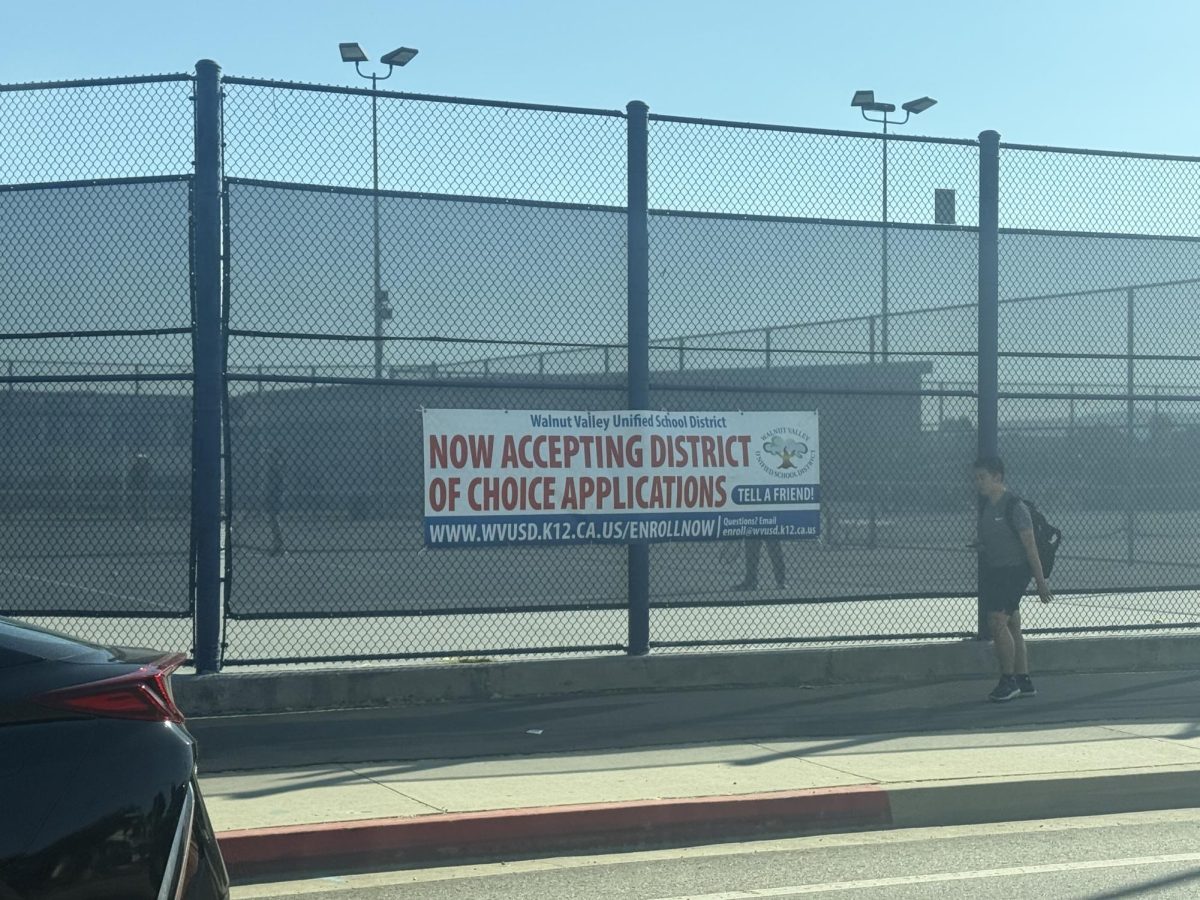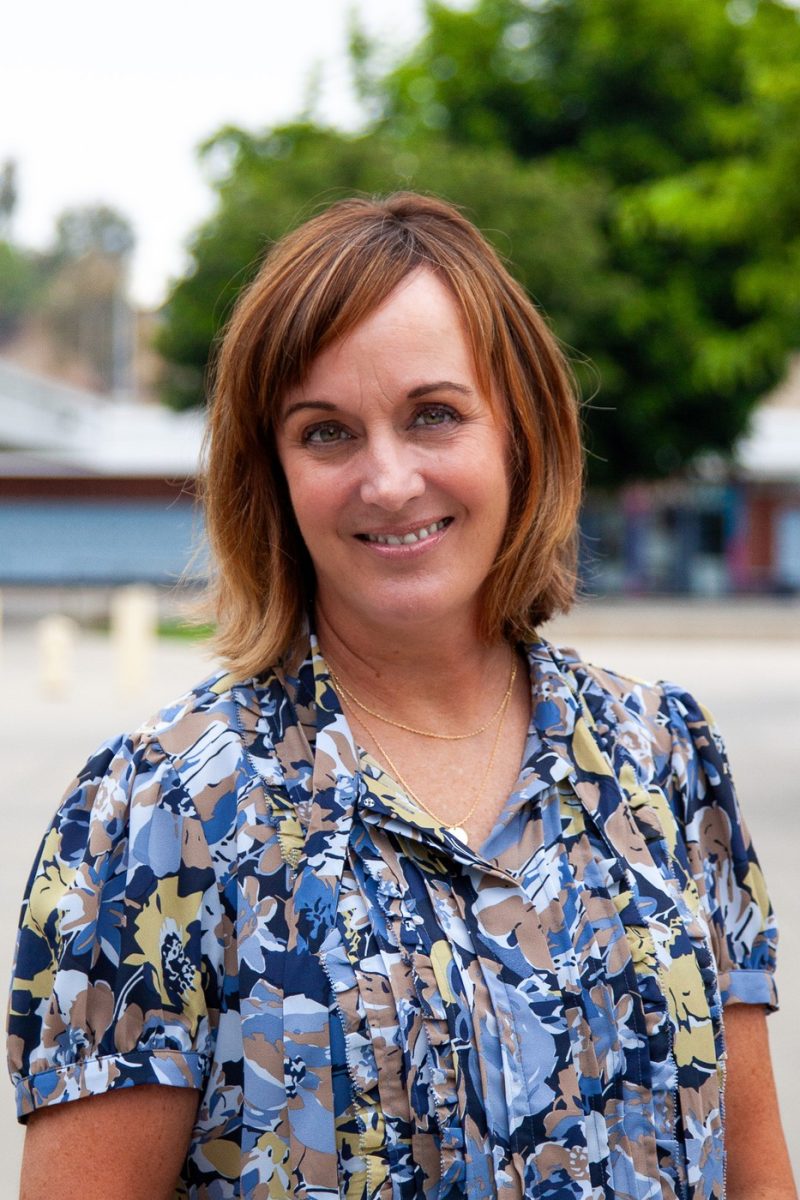Senate Bill 897 signed by Gov. Gavin Newson on Sept. 29 allows District of Choice (DOC) to be permanent across all participating districts in California.
The DOC program allows students to transfer between school districts, regardless of whether or not they live within district boundaries. With the most recent data from the Department of Education for California, Walnut Valley Unified School District (WVUSD) had 2,462 DOC students, the most in the entire state of California, transferring in from 64 school districts in the 2022-23 school year. SB 897 makes DOC programs permanent by removing the sunset clause, which previously required legislators to renew the program every five years.
“I remember when somebody in politics wanted to get rid of DOC programs, and we were worried because if they had gotten enough votes, then our kids would have to change schools,” a DOC sophomore’s parent said.
For WVUSD’s DOC process, they do not process applications from students residing in the Azusa, Pomona and Rowland Unified Schools Districts. However, other programs, such as Interdistrict, allow students from any school district to transfer to WVUSD.
“I think both DOC and Interdistrict is needed,” registrar Elizabeth Lopez said. “Interdistrict allows open enrollment and for more students to come to WVUSD since there are no restrictions, but students need to apply every time they go to a new school in that district.”
There will also be changes in who is accepted in DOC schools for a more equitable distribution of spots. Priority is given to relatives of students, followed by underserved students, residents within district boundaries and other applicants. This differs from before SB 897 was established, where after prioritizing relatives, local residents and lotteries, there were no clear guidelines established across districts, creating a “gray area” in which many districts were inconsistent in their criteria.
“Sometimes families apply and want to attend Walnut Valley only if they can attend a specific school. If the requested school is at capacity, we offer another school, but if the family doesn’t want to attend that alternative school, then the family may choose not to come to Walnut Valley,” Assistant Superintendent Dr. Matthew Torres said.
However, since school funding is tied to student enrollment, the school districts that are already underfunded and losing students will have to cut down on staff, resources and programs like special education, arts and even advanced courses. Though the bill was made to promote equity by prioritizing underserved transfer students, this could lead to a greater concentration of resources in affluent districts, further widening the gap between wealthy and underfunded schools.
“We have students in WVUSD that are on DOC applications from multiple districts. Our total enrollment for the entire district is 14,125, so that is 17% of our students here on a DOC application,” Student Services and Secondary Education director Dr. Ryan Maine said.
Because more kids are coming to WVUSD, the school district can afford and offer more resources, which ultimately benefits the students of the district. Each student brings in a certain amount of money, and with the growing number of students, WVUSD students are now exposed to more opportunities and programs that can be brought in.
“I came to Walnut High School because of their good dance team and academics,” freshman Renee Cheung said. “The dance team mattered to me as I’ve been dancing since I was 5. I knew nobody when I first joined, but I think it was the right choice to come to Walnut High.”







